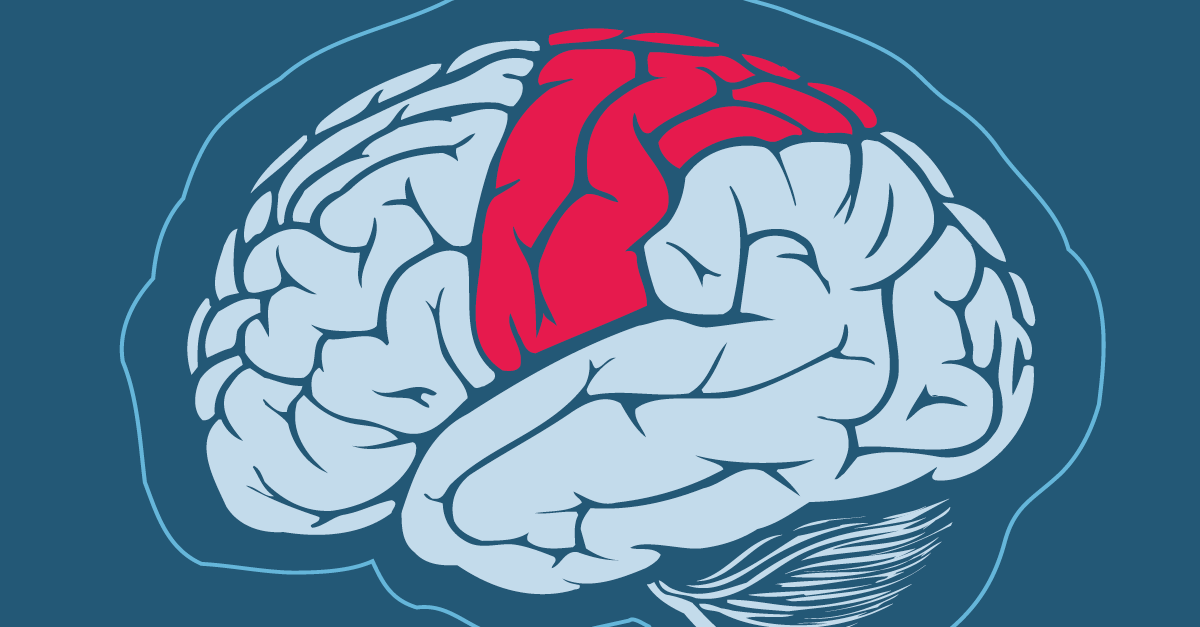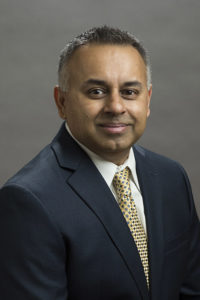
Envisioning consistent stroke care across the Ministry
 When a stroke hits, time is critical. In fact, the single most important factor in surviving a stroke is getting the right treatment as soon as possible.
When a stroke hits, time is critical. In fact, the single most important factor in surviving a stroke is getting the right treatment as soon as possible.
For people in and around Peoria or Rockford, that means calling 9-1-1 and getting transported to OSF HealthCare Saint Francis Medical Center or OSF HealthCare Saint Anthony Medical Center, respectively. They are two of only about 200 hospitals in the nation designated as Comprehensive Stroke Centers, meaning they offer every type of stroke treatment 24 hours a day.
But people who live relatively far from these big stroke treatment centers, and who rely on a smaller hospital for care, should be able to get the most appropriate treatment available, too. That is why Arun Talkad, MD, has been named the ministry medical director of stroke and tasked with creating a uniform approach to stroke care at every hospital in the OSF HealthCare system.
“My major vision for OSF HealthCare stroke care is to be able to provide an expert level of neurological care to any patient in any hospital in the system,” Dr. Talkad said. “The practical approach to that vision is to bring the OSF HealthCare Illinois Neurological Institute stroke specialists in Peoria out to the hospitals.”
Technology solutions
Dr. Talkad believes the best way to utilize these neurologists, whose expertise is perhaps the health system’s greatest resource, is with technology and telemedicine. He wants to develop a virtual electronic rounding service for inpatient neurology conditions, so the providers at every OSF HealthCare hospital know expert neurological care is just a couple mouse clicks away.
“Stroke is a time-sensitive condition and minutes matter,” Dr. Talkad said. “Every minute a stroke goes untreated, nearly 2 million brain cells die. The longer it takes to treat a stroke, the worse patient outcomes become. We want to make sure every patient receives the appropriate care from the appropriate provider. If we can do that close to home, we should.”
Complex stroke patients have to be sent to Comprehensive Stroke Centers, like OSF Saint Francis and OSF Saint Anthony. However, those are not the majority of cases. Routine cases can be handled at every hospital in the system. Dr. Talkad wants OSF HealthCare to act as a single hospital with beds spread throughout central Illinois. “We need to have a uniform approach that optimizes all of our resources,” he said.
Education is key to success
Another priority for Dr. Talkad is to increase community stroke education. There’s a definite lack of stroke education in the community, he believes, and that education is going to be critical to improving stroke patient outcomes.
“We have more and more advanced options for treating strokes, but if you don’t know how to spot a stroke when it’s happening and seek treatment, it doesn’t matter how good the available treatments are,” Dr. Talkad said.
First, you need to know the signs of stroke. The signs can be remembered using the acronym F.A.S.T.
- F is for Face: one side of a person’s face droops, or the smile is crooked
- A is for Arm: a person has trouble holding one or both arms up
- S is for Speech: a person has slurred or slow speech
- T is for Time: note the time when symptoms began
If you spot any of these symptoms in yourself or another person, call 9-1-1 immediately. It is the fastest way to proper treatment. Don’t drive yourself to the hospital. The EMS team can communicate with the hospital en route, so the hospital’s stroke care team is ready upon your arrival. This saves precious time. And remember, because you lose nearly 2 million neurons in your brain every minute a stroke goes untreated, time is critical.